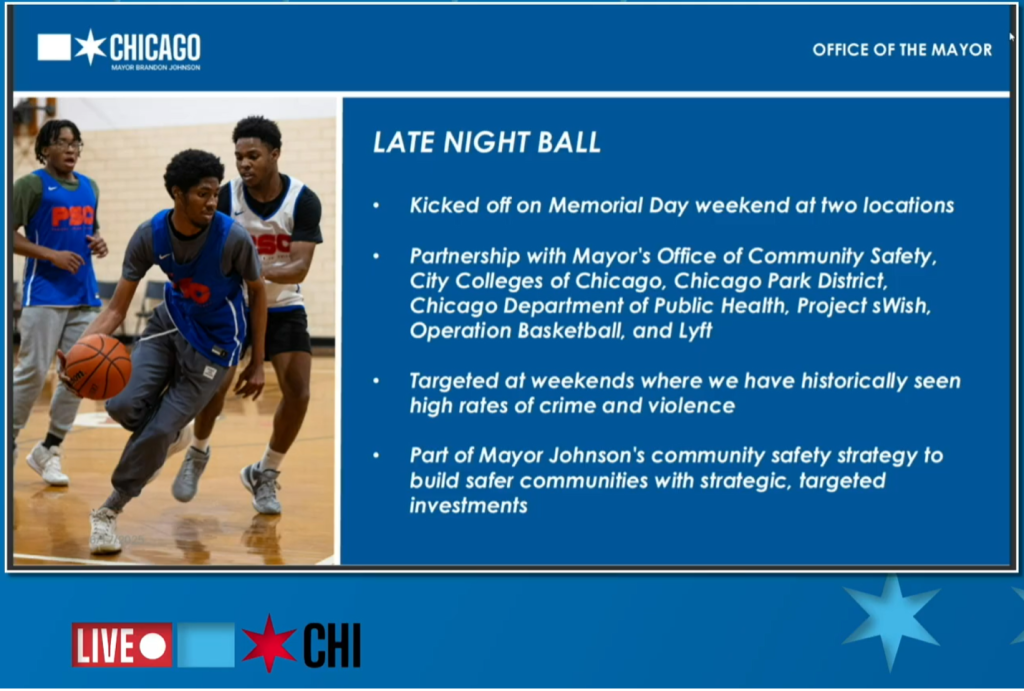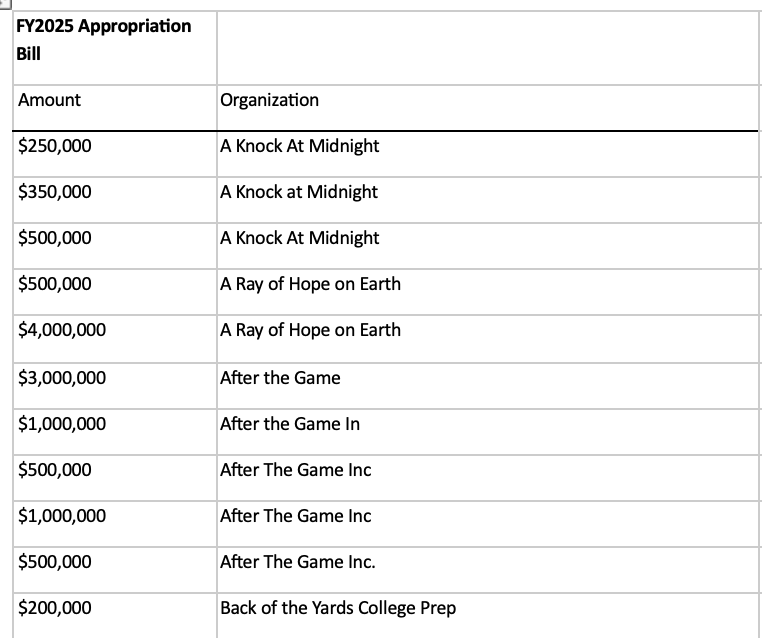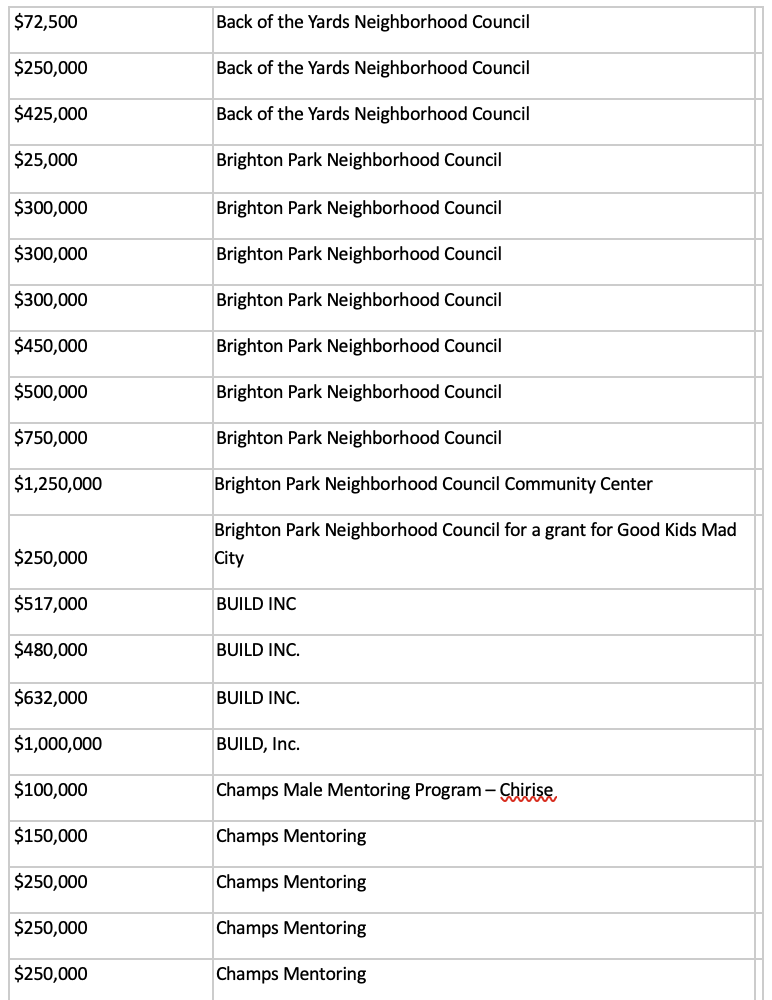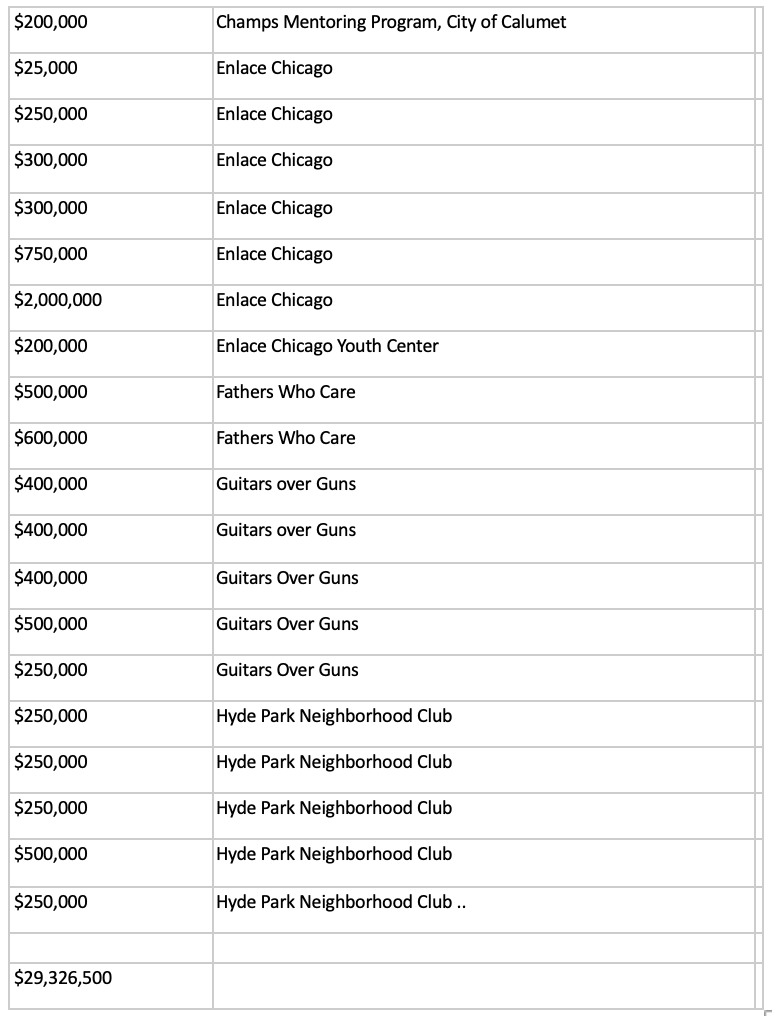Chart of Murders in Chicago from the website HeyJackass.com
I’ve been following this website for over a decade. They track murder and mayhem in Chicago by neighborhood and felony. It’s a great source of information on crime, along with CWBChicago.com.
Crime isn’t usually a matter of public policy that I weigh in on much, but stick with me, there’s another aspect of public policy related to our DOGE IL effort that relates to this topic.
I was curious about the recent trend of a decrease in crime and how it played into Mayor Brandon Johnson’s veto of an ordinance from his city council that would have allowed police to make decisions on snap curfews. Curfews for minors in downtown Chicago are one tool for controlling teen takeovers of the streets and public spaces.
In their report on the veto, CBS Chicago wrote:
”In his veto letter to the city clerk, Johnson wrote, “At a time when violent crime continues to trend down in the City of Chicago, it is critical that we continue our investments in community safety strategies that have a proven track record of success. In two short years, we have seen a measurable, sustained decline in crime and violence in our city.”
The letter goes on to say that the mayor’s administration will continue to partner with community organizations, businesses and philanthropists to invest in youth jobs, safe spaces and mental health care along with effective policing.”
There are two things of interest in Mayor Johnson’s veto message.
First, Johnson notes that violent crime is down significantly in Chicago. He’s not wrong on that, just look at the murder trend in the graphic above. A year-to-year comparison shows murder is down by over 28%. In a press conference this week, Johnson also said violent crime overall is down 21%, shootings down 38%, and robberies down 34%.
Again, Johnson is not wrong about a decrease in crime in Chicago. Decreasing crime rates are a trend nationwide. It is a trend that Chicago lags behind in, though, as Wirepoints pointed out in this article from last month. This Wirepoints’ chart shows that, compared to other cities, Chicago crime may be down, but not by the same percentage drop in other cities.

Second, the other item that stands out in Johnson’s veto message is his claim that the drop in crime is due in large part to his partnering with “community organizations, businesses and philanthropists to invest in youth jobs, safe spaces and mental health care.”
In his press conference touting the same, he even provided a graphic and talked about hanging out at midnight with youth playing basketball and listening to music.

It’s a sophomoric comment to assert that midnight basketball with the mayor is the reason for a double-digit percentage drop in crime. More likely, is that increased efforts by law enforcement to prevent crime have made a bigger impact.
Wirepoints, too, asked in their article about the drop in crime, “But can Johnson credibly make the claim that his “investments” in people is the reason why?”
I’m wondering the same thing. And asking at what cost.
We are most of the way through analyzing the recently passed FY2026 state budget; however, I don’t have all the numbers for the numerous NGOs that received state funding in FY26. Therefore, I will use FY2025 numbers in the following analysis.
We spend – literally – hundreds of millions of dollars on community organizations to support youth employment, parent mentoring, midnight basketball, violence prevention, mental health, “wrap-around services”, and many other activities designed to reduce crime and increase positive outcomes for youth. And I am not talking about money going to bona fide local government organizations, such as park districts or legitimate healthcare and mental health agencies. I’m not even talking about NGOs that provide a myriad of other family support services like food, housing, or childcare.
We spend millions with euphemistically named NGOs to do things, teach things, and oversee youth that parents should be doing, or that are duplicative of government-run programs. (I am making no statement that government programs are better, only that NGO efforts are duplicative and taxpayers are footing the bill both ways. They pay state taxes that go to these unaccountable NGOs and more money – in the form of property taxes that fund park district and school programs that are supposed to do the same things.)
When we talk about the Nanny State, we are usually referring to laws that mandate too much government intervention in people’s lives for their own protection.
In Illinois, an alternative interpretation could be that too many state programs serve as parents or nannies to children, assuming responsibilities that should be the parents’ responsibility.
And those programs are costing taxpayers a fortune.
Here is just a very small list of the hundreds of NGOs receiving money in the state budget that have as part of their mission supporting youth.



I’m not kidding when I say we are spending hundreds of millions on “youth services.” Again, this is by no means a complete list. And in many cases, the majority of these organizations’ funding comes from taxpayers. For those organizations, they ceased being a Non-Governmental Organization a long time ago.
One of the biggest buzz phrases in the realm of reducing crime is the use of “violence interrupters.” FOX 32 reported earlier this year on a Northwestern study about crime prevention, specifically on the use of violence interrupters.
“Last two years, peacekeepers have conducted 2,170 conflict mediations, successfully resolving 68% of them,” said Northwestern University Sociology Professor Andrew Papachristos. “Which means they didn’t lead to a subsequent shooting incident. These are real lives that are saved.“
The article went on to say, “Funding for peacekeeper programs has risen dramatically in recent years, from about $1 million in 2018 to more than $30 million this year.”
Let’s do some math. $30,000,000/2,170 conflicts = $13,824.88. Every conflict mediation costs nearly $14k if we just use the money they say is going directly to violence interrupters.
And if 68% of conflict mediations were effective, then every effective one cost $20,325 per intervention. The response will be – “You can’t put a price on stopping a shooting.” Okay, fine. But, we do put a price on things, and we should. And the $30 million on violence interrupters is just one of many crime prevention programs we spend millions on.
By the way, what do violence interrupters do?
Also, according to the FOX 32 article,
“Basically, we stand out at the corners of the blocks where we see the most violence happening or know of the most violence happening,” said Peacekeeper Profile Lyons. “And we go out there and we talk to the community. We get to know everybody, and it’s basically like a family.“
Additionally, JB Pritzker was quoted, slamming Trump, saying the money for these programs is going to dry up under Trump. Pritzker is really good at spending other people’s money.
Mayor Johnson says, “we are doing what works,” with a swift reminder that he lives in the midst of the crime on the Westside of Chicago. He particularly mentions that his administration is supporting Black and Brown people, building affordable housing, and investing in our youth.
Actually, Mayor, Illinois taxpayers are footing that bill for the most part, not your administration, and they shouldn’t have to. We should demand more from parents. And we shouldn’t have to pour money into NGOs just to get kids to behave and teach other kids not to carjack for sport.
Last night I attended the Project H.O.O.D. Gala. It was quite an affair and highlighted the excellent work Pastor Corey Brooks is doing with youth in building opportunities and hope in Englewood. I support Pastor Brooks wholeheartedly.
So my commentary above is not to say that some of these organizations aren’t doing good work. But, there are so many of them and in many cases they are substituting for parents, duplicating services traditionally found through schools, park districts, and clubs (boy scouts, club sports et al), and there is so much taxpayer money flowing to them – that we need to weigh outcomes and expenses.
Time for grown-ups to grow up.
In full disclosure, the FY 2025 budget listed a capital grant for Project H.O.O.D. on page 1,042 in the amount of $1,706.400. In my opinion, this money will be better spent than sending it to One Northside, the Indo-American Center, the Hispanic Chamber of Commerce, Center on Halsted, or thousands of other NGOs.
